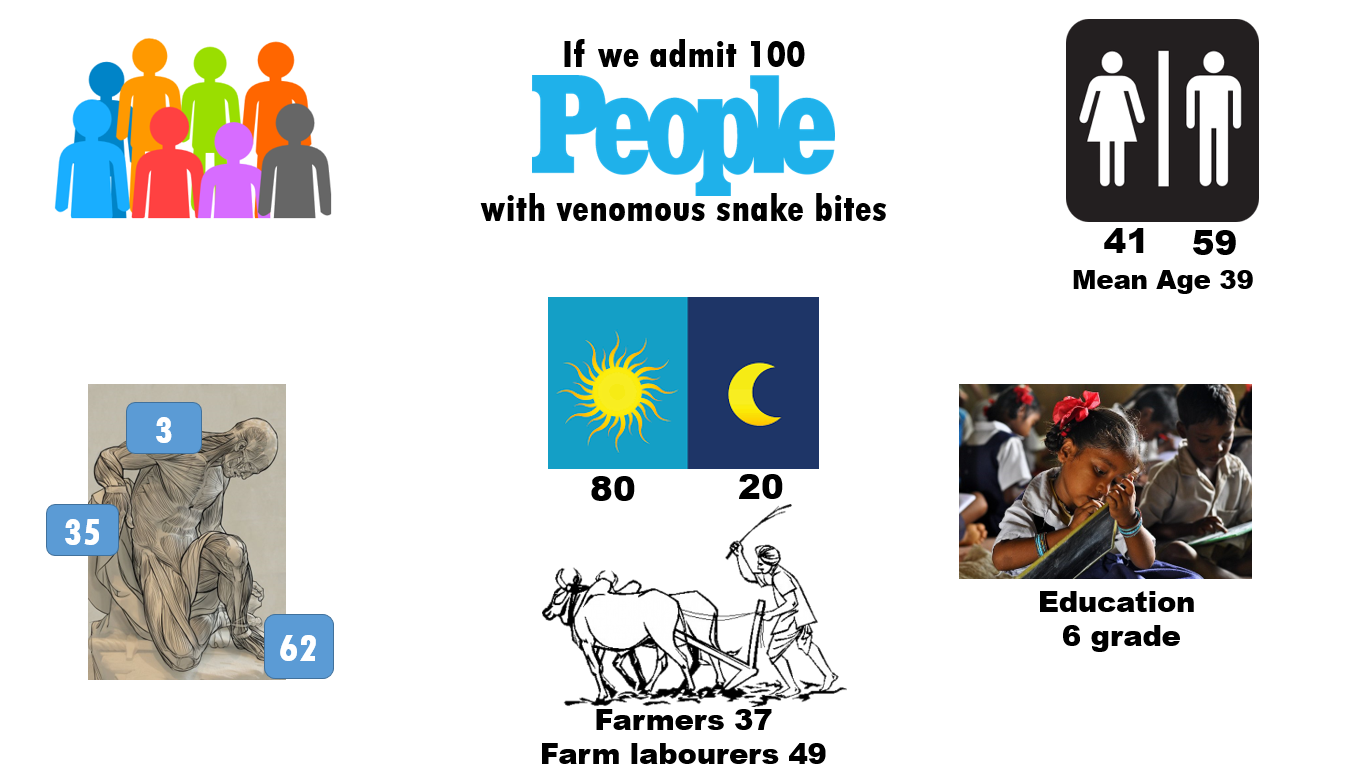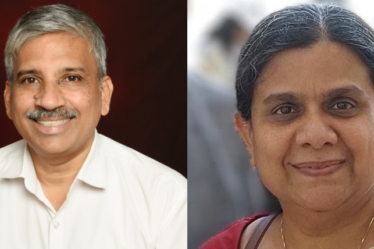
A few years ago, I was invited to speak about snakebites at an annual conference in Nagpur. As a physician who had treated hundreds of patients with venomous snakebites, I was excited to share my experience.
On that Sunday morning, as I arrived at the conference hall 15 minutes early, I found only two people in attendance: my friend who had asked me to speak and a cook preparing breakfast for the attendees. The venue was quiet and empty. As the minutes ticked by and no one else arrived, my concern grew. Perhaps it was the early hour, or the fact that it was a Sunday morning, but the empty seats seemed to speak volumes. We waited for half an hour, hoping that the others might be running late, but as the clock struck 9:30 am, I knew that we couldn’t wait any longer.
By the time I began the presentation at 9:30 am, I was already thirty minutes behind schedule.
As I stepped onto the stage to deliver my presentation on snakebites, the venomous creatures on my PowerPoint slides appeared to come to life—cobras hissing and striking, vipers coiling and rattling, and kraits slithering silently. However, as I gazed out into the cavernous hall, which had the capacity to hold five hundred people, only six attendees sat in the front row.
Undeterred, I spoke with a fiery passion, hoping to make an impact on those who bothered to show up. I finished my presentation, and the venomous creatures on my slides disappeared, replaced by a disheartening reality: the number of attendees had not even reached double digits after twenty minutes.
As I made my way to the breakfast venue, the contrast couldn’t have been starker. The conference hall was almost empty, with just a handful of attendees. But here, the bustling breakfast area was overflowing with people eager to eat, talk, and network. The aroma of fresh coffee and the clinking of silverware filled the air as hundreds of attendees enjoyed their breakfast, sharing stories about their practices and exchanging patient referrals.
And amidst this lively scene, dozens of medical representatives from various pharma companies were present, their eyes fixed on the attendees, ensuring that their physicians got what they wanted. It was a stark reminder that while the presentation may have been about life and death, for many, the real action happened at the breakfast venue.
The contrast between the empty conference hall and the bustling breakfast venue was striking. I couldn’t help but think that these conferences are not just about making presentations, but also about networking, renewing old friendships, making new ones, spreading your practice, enjoying wine and sumptuous meals, and blowing your trumpet.
I learned that day that it’s not just about the size of the audience, but the connections you make with those who are present. Conferences are not only about academics but also provide opportunities for networking.
As a pathologist would say, sometimes the milieu outside the cell is more important than inside the cell.

Outstanding delegates and “stallwarts” is how a Pediatrician friend described them. Really sad
It is really disheartening to learn about your plight. Things are completely different here in Prayagraj. We have breakfast meetings regularly on Sunday mornings at IMA, attended by at least one hundred doctors (our membership strength is about 1200). We hold two conferences a year, usually theme-based, focusing on any specialty with content suitable for general physicians or doctors of other specialties.
Brutally true. The only way to stop this is by doing three things:
Eliminating pharma-sponsored CMEs.
Avoiding hotels as venues for CMEs.
Banning alcohol consumption during CMEs.
I know this might seem like wishful thinking, but it is not impossible.
It’s true. But My experience in recently held CMEs at Raipur and Bhilai is different. Our Ophthalmology society offer breakfast the first thing, starts at 8am and done by 9.30 am. The session begins immediately after the organizers are done with breakfast with Saraswati puja. Later delegates can come and join but breakfast is closed after 9.30 am
True sir . True.
Fantastic last few lines sir!
As the song goes- money money money, it’s the so funny, in the rich man’s (medical) world.
Also to be an expert- one does not need deep subject knowledge and strong passion/ethics. One only needs to master the sly craft of becoming an expert
I agree this is the plight of Medical conferences nowadays.
I have myself refused a lecture in a national conference at varanasi when I saw no audience/ delegates in the hall.
Few ways to tackle this
1. Organise all cme in hospital premises. I personally welcome DGHS sir decision to curb alcohol in conferences
2. Plan workshops in small groups rather than big cme. Practical and skill oriented workshops are good learning experiences.
3. Keep a small registration fee for students to ensure only academically interested students come
4. Try to keep cme hours ( 10am to 3pm) to have minimum meals and maximum workstations
5. Most importantly, we should try to keep practically important topics ( like snakebite and all patient based topics) and ensure all discussions are purely academic.
It was their loss for not attending SP. I would have loved to hear the interesting lecture.
Sir, this is the story of many national conferences. Last year I had the privilege to speak in the first session of a meeting with 4 speakers, 3 chairperson and 4 attendees in 500 seat hall. I had spent 8 days preparing for the talk. Felt let down. Later in the evening I chaired the last session with 4 speakers, 4 chairperson and 6 attendees. Unfortunately all of us were aware of the guidelines we were talking about, aimed at residents, without any residents or juniors being present. Later in the evening at dinner there was a stampede like situation. The unfortunate truth of no one interested in learning. I can understand your anguish.
Sir, your description is very accurate. During my tenure as President of NZUSI, our conference was held in Gurgaon, where the Organising Secretary, Dr. SP Yadav, presented a cost-benefit analysis of the conference at our national conference. The conclusion was the same as yours – these conferences primarily serve as networking events with a focus on food, drink, and dancing, while academic discussions take a backseat. Often, only the chairperson and speakers are present in the conference halls.
We made an effort to address these issues, but unfortunately, we were unable to come to a resolution.